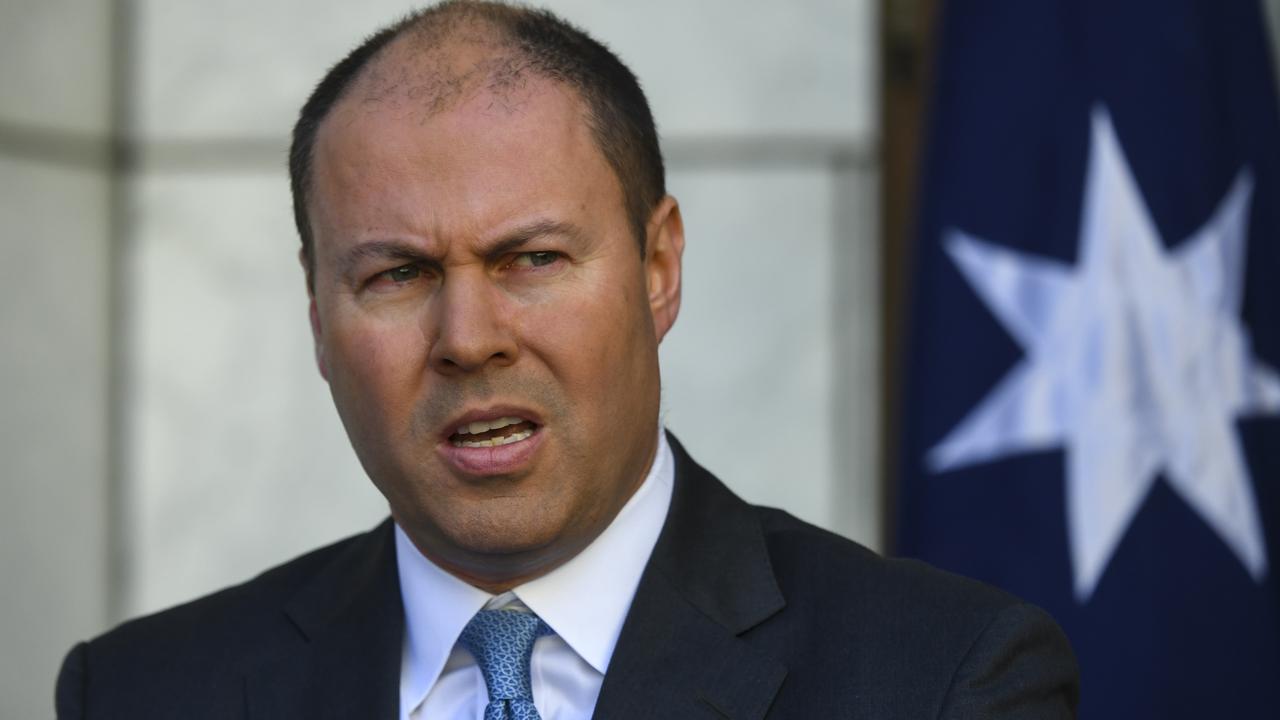Nearly a million Australians rush to file their tax returns and claim tax offset of up to $2,160
With workers relying on welfare and super accounts, nearly a million Australians have rushed to file their tax returns early and claim a tax offset.
Nearly a million Australians have rushed to file their tax returns early and claim a tax offset worth up to $1,080 for singles and $2,160 for couples.
As thousands of workers are forced to rely on welfare and raid their super accounts as the economy is battered by a COVID-19 recession, new figures reveal they have also moved swiftly to claim tax refunds that should start hitting bank accounts this week.
The cash splash is set to provide a much-needed boost to the economy with hopes that workers will spend the money and help support jobs as the economy reopens outside of Victoria.
Ten million Australians on low and middle incomes are set to secure a tax cut under the changes, but only when they file a return this year.
Nearly half of those workers – around 4.5 million Australians – will secure the maximum $1,080.
RELATED: How to get your tax refund faster
RELATED: More tax benefits for small business

Treasurer Josh Frydenberg said the early bird refunds will hit bank accounts over the course of this week.
“A record number of Australians have already lodged their tax return with refunds to land in bank accounts over the course of the week,” he said.
“As part of last year’s budget we increased the low and middle income tax offset to $1,080 for individuals and $2,160 for couples.
“It means people can keep more of what they earn providing a much-needed boost to the household budgets.
“Millions of Australians across the country are set to benefit again this tax time from the Government’s tax cuts,” he said.
Nearly 991,000 year-to-date 2020 individual lodgements have been received, an 11 per cent increase compared with the same time last year.
The tax cuts, worth $8 billion this year alone, include a change in the top threshold of the 32.5 cent tax rate and the Low and Middle Income Tax Offset (LMITO) worth up to $1,080 for workers earning less than $126,000 a year.
But not all workers secure the maximum of LMITO amount. Workers with a taxable income of up to $37,000 only secure $255.
The maximum offset of $1,080 will apply to anyone earning between $48,000 and $90,000.
Workers earning over $90,000 but less than $126,000 start securing less from the offset until it gradually reduces to zero to ensure high income earners don’t secure the benefits.
The top five electorates to benefit from the LMITO include Wright in Queensland, Bob Katter’s electorate of Kennedy in Queensland, Stirling and Cowan in Western Australia and Tanya Plibersek’s electorate of Sydney in NSW.
Former Prime Minister Julia Gillard’s electorate of Lalor in Victoria is also in the Top 10 as is Melbourne and Capricornia in Queensland.
Last week, Mr Frydenberg flagged the prospect of bringing forward legislated tax cuts to help stimulate the economy in the October budget.
Personal income tax cuts for middle income earners worth up to $2,565-a-year are likely to be brought forward to help boost spending.
Mr Frydenberg confirmed that the fast-tracking of the tax cuts was a live option in the wake of the COVID-19 pandemic.
“There are three stages to those legislated income tax cuts and, you know, the benefit was very clear. We’re creating one big tax bracket between $45,000 and $200,000 where people pay a marginal rate of no more than 30 cents in the dollar,” Mr Frydenberg said.
“So we are looking at that issue and the timing of those tax cuts because we want to boost aggregate demand, boost consumption, put more money into people’s pockets and that is one way to do it.”




